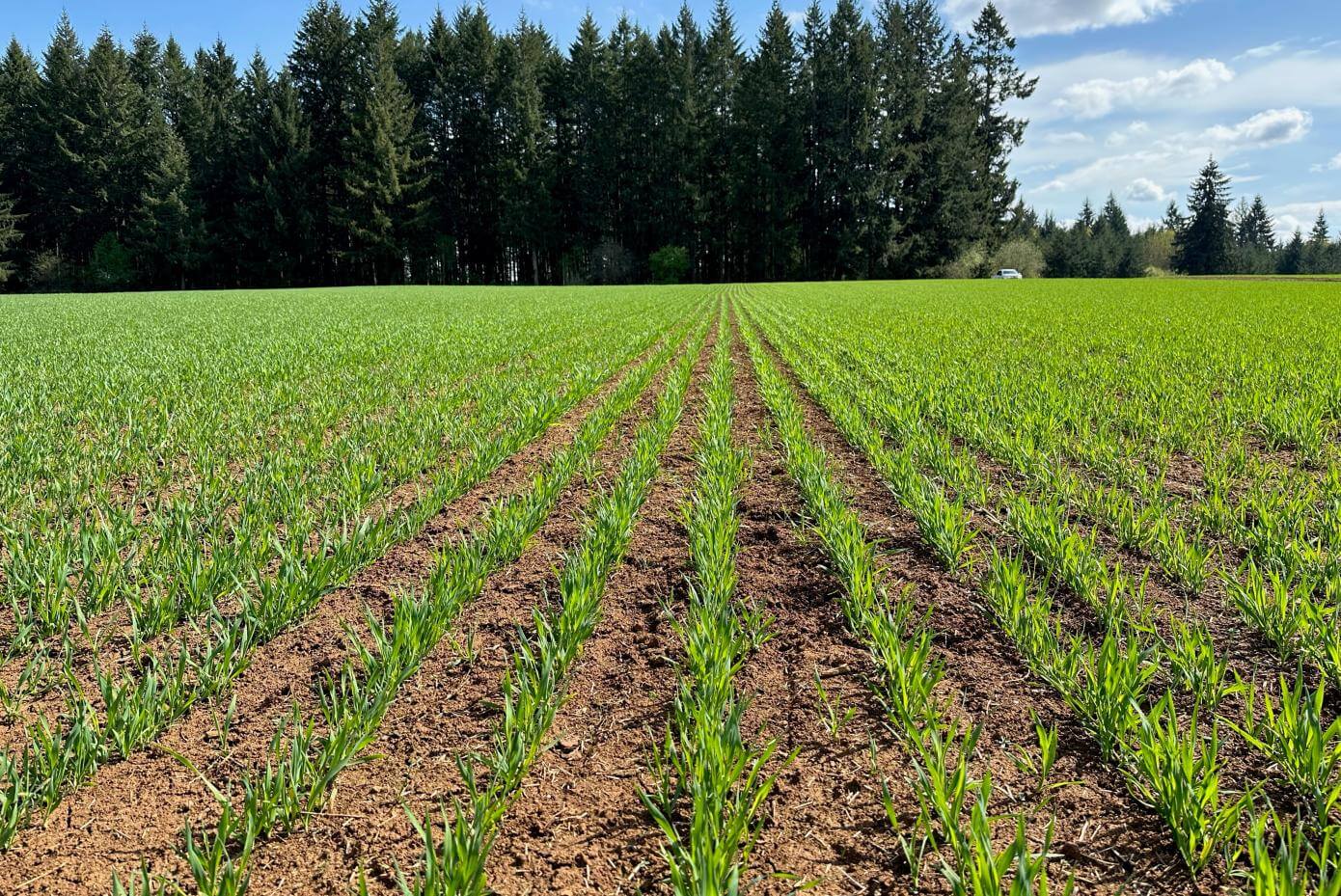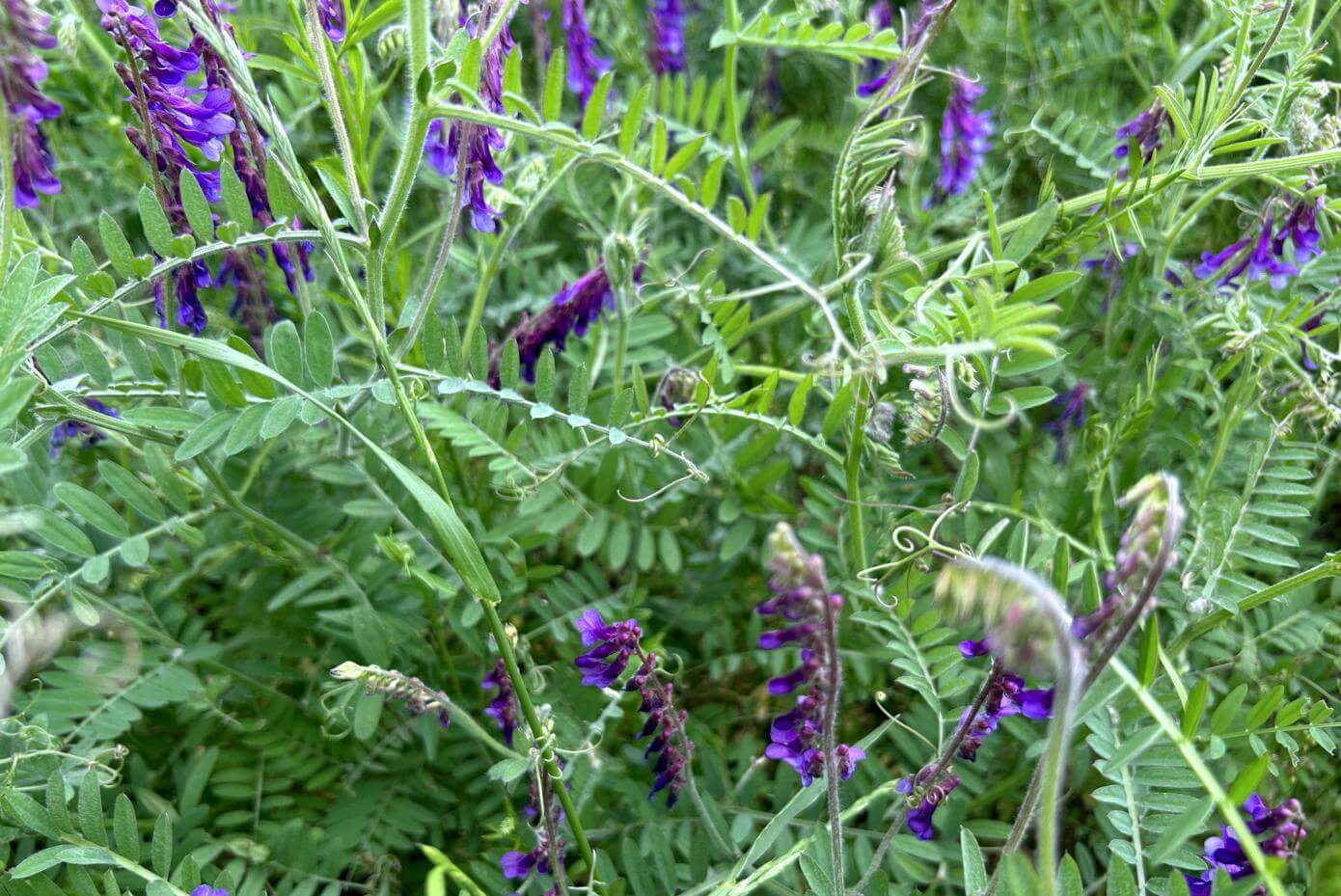Market Observations/Crop Comments
Generally speaking, spring consumption has been pretty decent throughout most of North America. Many regions experienced a fairly mild winter and an early start to spring. Even April weather, which sometimes can just be a soggy mess, was quite cooperative. Also, after a very long hiatus, export business has begun to pick up.
Many distributors have wisely elected to get rid of high-priced inventory and have been ordering hand-to-mouth for their spring needs. This strategy has kept pricing pressure on primaries. Thankfully, it appears seed is being purchased and consumed by the end-user, and distributors are needing to place in-season reorders. This is particularly true for both turf and forage tall fescues, most legumes and annual ryegrass. With the exception of perennial ryegrass, creeping red fescue, tall fescue and Kentucky bluegrass, inventory levels through the channel seem to be pretty healthy.
Oregon seems to have finally shaken the cool, wet weather blues and is currently in a rapid warm-up. We are even seeing seedhead emergence on the early ryegrasses and fescues. If the weather stays warm, but not too warm and dry, but not too dry, we anticipate good production from the healthy fields. However, there are plenty of acres that are not healthy. Many acres will either not be harvested or will be challenged with quality and yield issues. Even the most ideal weather can’t resurrect stands where plant counts have been thinned by flooding, rodents, and/or chemical damage. We expect lower and poorer quality production across the board, with legumes affected the most. Crops planted last fall, as well as older stands in wet ground are some of the hardest hit.
It will be interesting to see how the marketplace and the production converge this year. We wish you the best in navigating it successfully!
Start Your Cover Crop Planning
Cover crop promotion and purchases are just around the corner! Here’s some reminders:
Start with proven crops
Remember that the use of cover crops for many is still very new and the learning curve is long and steep. So as a provider, offer both the known and the new/untried. For example, crimson clover is one of the easiest and most predictable legumes to use. Even though the price might be higher this year, make sure that it is part of your predictable program.
Expand with education
To provide a full complement of cover crop solutions, you will have to learn a crop’s limitations and alternatives. For example, hairy vetch may not come on as quickly as crimson, but will have much better weed suppression and provide extensively more biomass and nitrogen. However, hairy vetch really needs to be drilled, whereas crimson can be broadcast.
Keep one eye on the horizon
Who would have thought about using timothy as a cover crop? How many people heard of phacelia four years ago? Should we just disregard peas because they may not survive winter, or is there enough value before winter to add them when we can? As you go through this cover crop year, look for “fellow explorers.” Maybe you will find these in your customers, or suppliers, or in the public sector - a local NRCS office or extension agent, per chance. Regardless, find others whom will help you explore the unknown.
Let your suppliers know your needs in advance
Although there may be over-supply in some market sectors, we do not anticipate this to be the case for legumes and many other cover crop species We continue to see legume usage strong and taxing on the supply chain. Disruptions and limitations, such as a poor crop or delayed harvest are not easily overcome. It is very helpful for primary suppliers to have projected needs.

